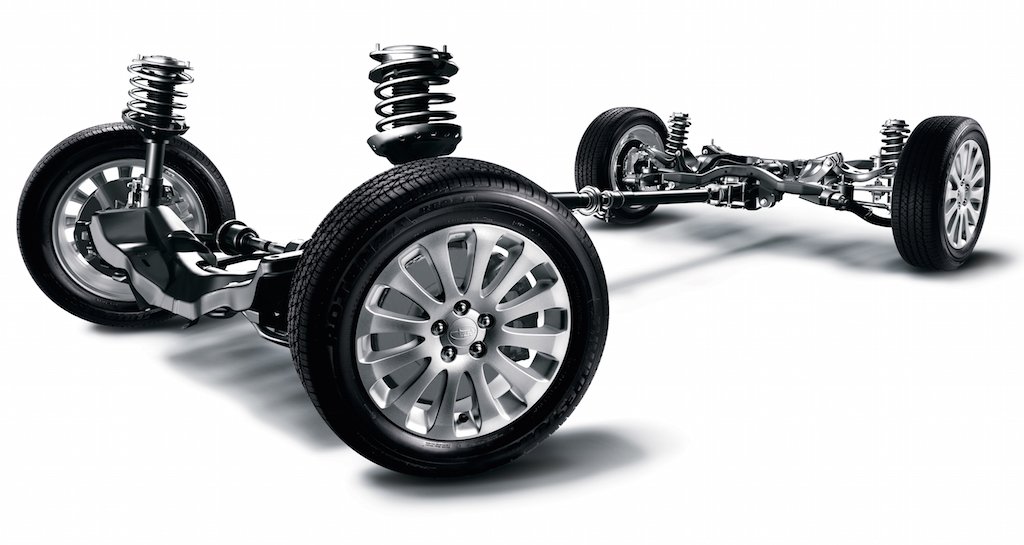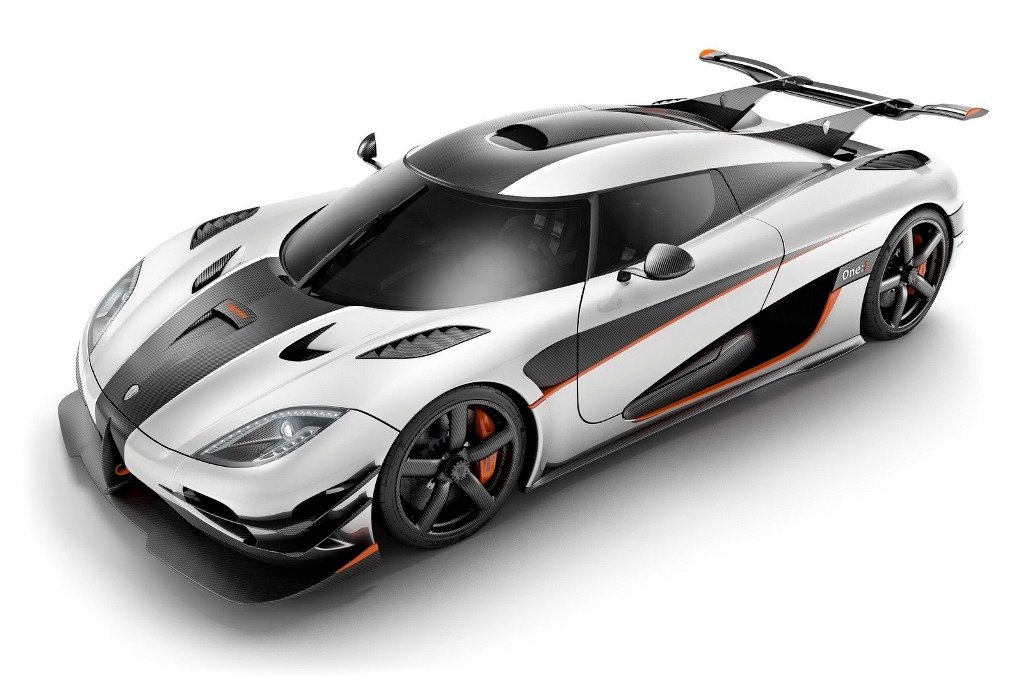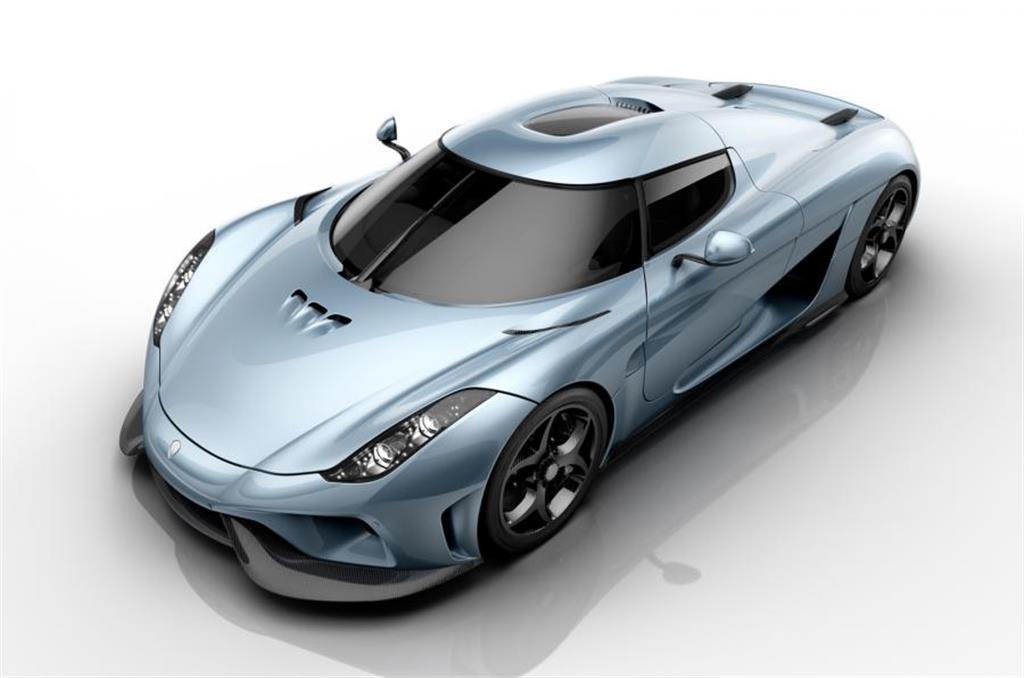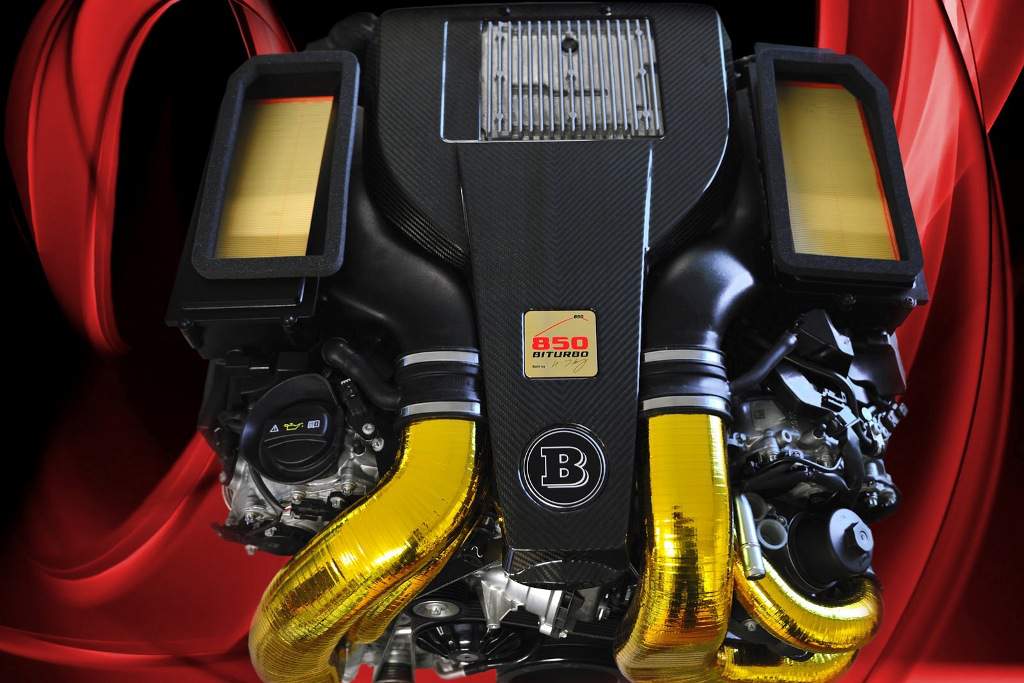Performance parts may not necessarily only improve power, but also update the braking performance, aerodynamics, handling and even traction that help achieve optimum stability on road.

Performance parts are an interesting proposition to boost your car’s performance or efficiency from the existing setup. You can achieve a lot more power with thoughtfully made upgrades that will help you unlock the true potential of your car. In our first part of unlocking the secrets behind performance-oriented parts, we discussed air filter, high lift cams, a performance exhaust unit and an ECU (you can read Part 1 HERE) and now we take that conversation forward with three new parts for our vehicles.

5) Limited Slip Differential (LSD) or Locking Differential – The primary function of a differential is to vary speeds of the driven wheels in order to help the vehicle negotiate a curve as the wheels have to travel varied distances. But why do we need to lock a differential? To answer this question let’s take an example of a car taking a right curve at high velocity and compare it in two scenarios.
• If LSD Is Absent – The car taking a right curve with high velocity will experience roll due to high lateral force on it, due to which there is an imbalance of weight transfer on either side of wheels. In this case, the left side wheels experience more weight and right side wheels (that are inner wheels) experience less weight. When the acceleration is hard, the inner wheel loses traction and starts to spin and therefore the differential by default concentrates more power to the wheels with less traction and thus, power is lost and the vehicle experiences understeer in Front Wheel Drive configuration or oversteer in Rear Wheel Drive configuration.
• If LSD Is Present – In this case when the inner wheel starts to spin due to less traction and the sensor understands this and locks the differential partially or fully sending power to the wheel with most traction thus powering you out of the corner with more speed and minimum power loss.
An LSD or locking differential is not required in our normal daily commuting but is a must for circuit racing and off-road purposes.

6) Spoiler – You must have seen a spoiler in all racing cars right from a Formula 1 car to WRC cars. And we all love it and think of it as cool and flashy, but have we ever thought why it is installed? Does it have anything to do with the performance of a car or is it for aesthetic purpose? Well no part on an F1 car or a racing car is without purpose. A spoiler is a very important part of a racing car as it is used to achieve extra downforce rather than mechanical grip to ensure better traction and stability in high speed corners. A spoiler is designed very carefully according to the requirements as a poorly designed unit can cause drag and reduce speed as well as fuel consumption.
A spoiler is in an aerofoil shape which varies velocity of air passing over its surfaces hence obtaining a pressure difference, which ultimately presses the car down to the road. It works exactly in opposite to the function of a wing in an airplane. An F1 car produces twice as much force than its own weight which theoretically means it can go upside down at a certain speed and will still stick to the surface. Hence more the speed of air around the spoiler, the better will be its function. But a spoiler is always associated with drag hence designing a right spoiler is always a tedious and challenging task.
This is just a brief explanation of a spoiler as the topic is very complicated and requires a lot of technical understanding and explanation.

7) Suspensions – The suspension setup greatly defines the dynamic ability and agility of a car. In fact for a race car, suspension tuning is the most important thing after engine tuning. A suspension comprises of springs for absorbing bumps and undulations and a damper for softening the spring action. A damper consists of a piston and cylinder arrangement with hydraulic oil in cylinder which squeezes through small pores in the piston during its movement thus softening the action of the springs. Smaller the diameter of these pores stiffer will be the suspension as oil needs force on its way out of these small holes to the other side.
A stiffer suspension is suitable for a race track as it is free from almost any undulation, but outside the racetrack in the real world, it will become very uncomfortable for occupants due to the stiffened ride quality of the car. So the ride quality is always inversely proportional to suspension’s stiffness. A softly sprung car is very comfortable but equally scary in corners due to the roll. Nowadays due to the invention of magnetic dampers one can actually control the stiffness of the car based on the requirement.




